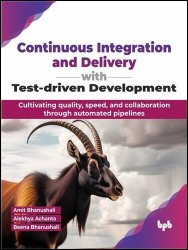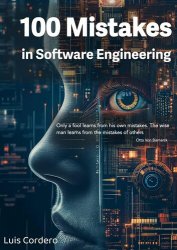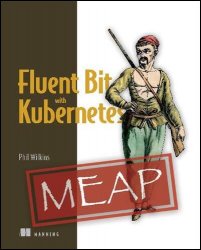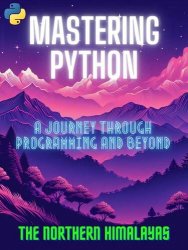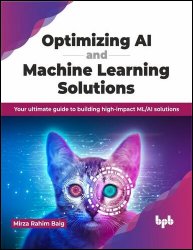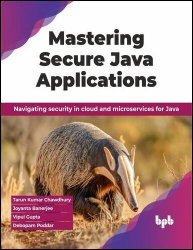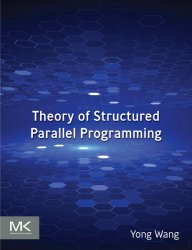- Добавил: literator
- Дата: 28-04-2024, 04:28
- Комментариев: 0
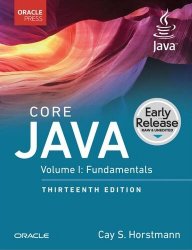 Название: Core Java, Volume I: Fundamentals, 13th Edition (Early Release)
Название: Core Java, Volume I: Fundamentals, 13th Edition (Early Release)Автор: Cay S. Horstmann
Издательство: Oracle Press/Pearson Education
Год: 2024
Страниц: 966
Язык: английский
Формат: epub
Размер: 12.3 MB
Whatever version of Java you are using, Core Java, Volume I: Fundamentals, Thirteenth Edition, will help you achieve a deep and practical understanding of the language and APIs. With hundreds of realistic examples, Java Champion Cay S. Horstmann demonstrates the most powerful and effective ways to get the job done. The book that you are reading right now is the first volume of the thirteenth edition of Core Java. Each edition closely followed a release of the Java Development Kit, and each time, I rewrote the book to take advantage of the newest Java features. This edition has been updated to reflect the features of Java 21. As with the previous editions, this book still targets serious programmers who want to put Java to work on real projects. I think of you, the reader, as a programmer with a solid background in a programming language other than Java. I assume that you don't like books filled with toy examples (such as toasters, zoo animals, or "nervous text"). You won't find any of these in the book. My goal is to enable you to fully understand the Java language and library, not to give you an illusion of understanding. In this book you will find lots of sample code demonstrating almost every language and library feature. The sample programs are purposefully simple to focus on the major points, but, for the most part, they aren't fake and they don't cut corners. They should make good starting points for your own code.

